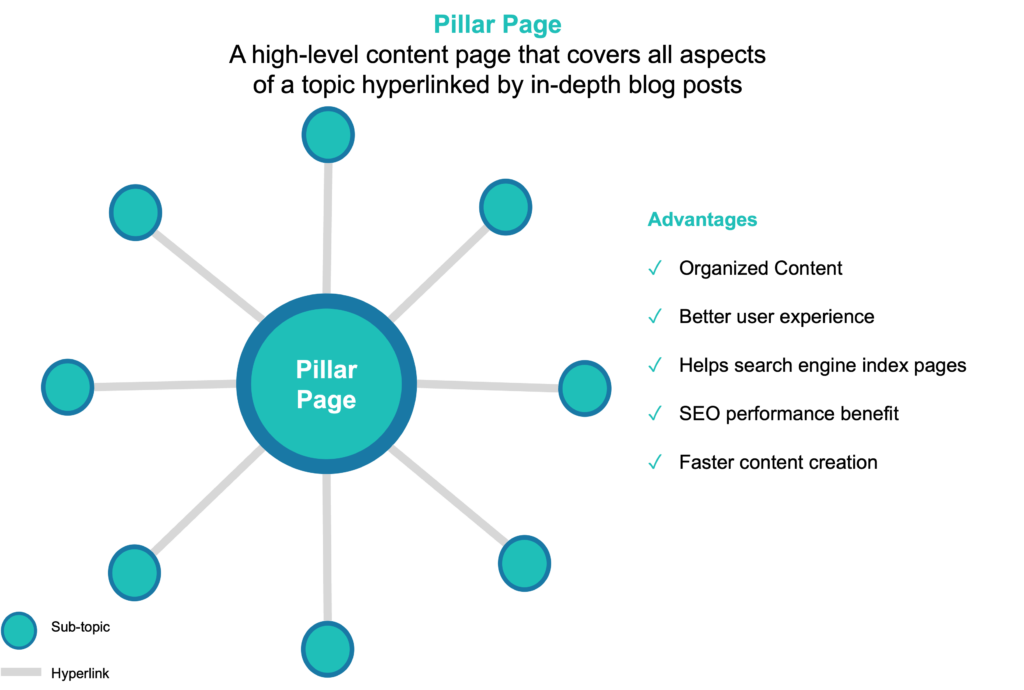Are you an entrepreneur or a small business owner raking your brain to choose between organic and paid marketing? Your business has a strong brand identity and engaging content but still fails to strike the right chord with your clients and customers? We hear you! In today’s world, an effective content marketing strategy is the fuel that will help you climb up the ranks. Eventhough it can be a challenging feat, we assure you, it’s no rocket science.
Let us share a story with you. The success story of artistic lifestyle brand PaperBaag and how it accelerated its online presence.

Due to a lack of adequate funds in their initial years, the founders of India’s homegrown artistic lifestyle brand PaperBaag decided that until their brand is registered, they would adopt an organic content marketing strategy to reach their clients and customers. Once the brand got registered, the founders realized that paid promotion might be the way to widen their reach. “Our Instagram page was like our online store. There were so many similar businesses and art pages. To stand out, we had to take a plunge. So, we chose paid marketing,” they explained.
For those standing at digital crossroads unversed with the concept of Organic and Paid marketing, let’s do a quick recap.
Organic marketing – Slow and steady wins the race

Organic marketing is a well-trusted form of gaining an authentic audience as you build your brand. It requires a curated effort to generate revenue without huge upfront costs. Be ready to spend a lot of time designing content – blog posts, videos, case studies, tutorials, etc. that are original, eye-popping, and spark a conversation. Once that is done, schedule your email and social media updates keeping in mind what time of the day/week your audience is most active, and be consistent in engaging with them. This will drive them to your eCommerce store, website, or retail stores to make that purchase.
Paid marketing – Pay as you go

Paid marketing jumps in right where organic struggles. A cost that brands pay to various digital platforms to get their content noticed and engage with an audience that may be specifically interested in their product and services. As new algorithms keep putting pressure on your organic marketing efforts, why do the legwork when you have the budget and the right channels to reach your customer segment? Through paid marketing, you can target the right audience and gain immediate traction. You can aim for a healthy conversion rate and use tools to measure each platform’s performance.
Content marketing dilemma
While organic marketing helped PaperBaag gather a good following, it did not help much in selling more products. Additionally, it demanded a lot of time and effort. They had to constantly find ways to optimize their social media handles and share relevant content targeted to a specific audience.
On the other hand, while the brand had some early success with paid marketing, it failed to get an authentic following and generate the required results. Additionally, promoting products through influencers and public figures costs them a considerable amount of capital.
Strike a balance, boost your organic content!
Since PaperBaag did not have a raining cash flow for a small business, what they put instead was relentless time, effort, and, most importantly, the right strategy in place. For them, a significant part of the focus was getting customers to walk through their door consistently. As we read above, both paid and organic marketing has their advantages and disadvantages, but for startups or small businesses looking to have the best of both worlds, there is nothing better than adopting a hybrid strategy. Hybrid marketing calls for thoughtful integration of paid and organic.
Focus on your content marketing strategy
When it came to maximizing their online presence, PaperBaag decided to stop playing ‘either-or’ and thought ‘what if the two mediums work in tandem?’. The company began meshing their paid and organic marketing efforts and the results were stunning. “Potential clients have a seemingly endless number of options when they buy online. Reaching out to them by crossing the online traffic becomes the most strategic part. Hence, looking at all the facets, we decided to opt for a more hybrid strategy – a combination of paid and organic marketing.”
While organic marketing remained central to their overall strategy, PaperBaag used paid promotions to boost their organic content and hit the right target audience. They devised a content marketing strategy, built an execution plan, and consistently churned content relevant for their target audience. Strategically integrating the advantages of both the promotional mediums not only increased PaperBaag’s online presence multifold, but the startup also secured collaborations with some of India’s biggest retail chains. As a result of this, the brand was able to crack a six-figure turnover in its first year of inception.
So, how should you build a robust content marketing strategy to attract leads?
- Start by writing down the values and the mission of your brand. Think why a customer should buy from you. Focus on how you differentiate yourself from your competitors. Your brand positioning should be consistent across your marketing campaigns.

- Segment your potential customers by geography (location, language, urban/rural, etc.), demographics (age, income, gender, etc.), psychographics (lifestyle, values, etc.), and behavioral patterns (usage, intent, purchase history, etc.).
- Build organic campaigns with your target customer segments in mind
- Create and share valuable content, without explicitly promoting your brand, to attract and acquire a clearly defined audience. Blogs, videos, social media posts, webinars, guest posts, and forums are some of the popular tools to attract new leads
- Measure the success of your organic campaigns. Keep an eye on the content that resonates well with your target audience. (Pro hack – Read ferociously and on a wide variety of topics and industries to get content ideas. Go deeper on a topic and more ideas will emerge)
- Set a SMART execution plan (Specific, Measurable, Achievable, Relevant, and Time-bound) and is tied to the company’s strategic direction. An example is to increase the website traffic by 300% by end of Q4, 2021
- Google loves original content. Churn a lot of quality content on a niche topic to build authority on that topic. A pillar page linked by in-depth articles will increase the site’s search engine ranking

- Boost content that was well received by your audience using social media channels, like Facebook, Instagram, Twitter, and LinkedIn
- Create a list of keywords relevant to your most popular content and pages, and start bidding through google ads to drive traffic
- Repurpose your content for different channels. An example is to convert your blogs to videos.
- Remember to create content consistently. Out of sight is out of mind.
Content is king – Content Marketing 101 by the Founders

No matter what strategy you adopt, keep in mind that content is king. Don’t lose your grip over that. Keep an eye on what organic content resonates best with the audience and use paid promotions to boost that. That way you have an ‘easy win’!



